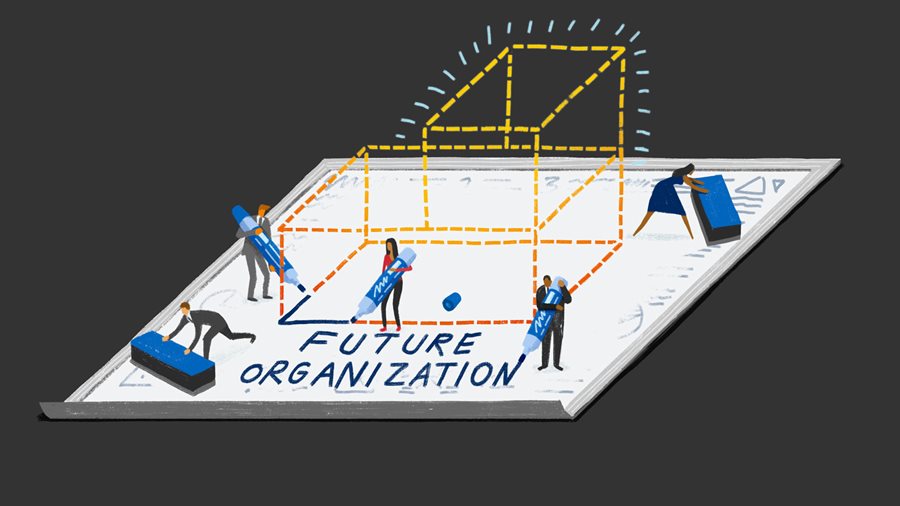Creating A Culture Of Compliance: Why All Successful Businesses Must Do This And Where To Begin

The importance of compliance needs to come from the top down in order for businesses to avoid white-collar crime, corruption and other missteps.








